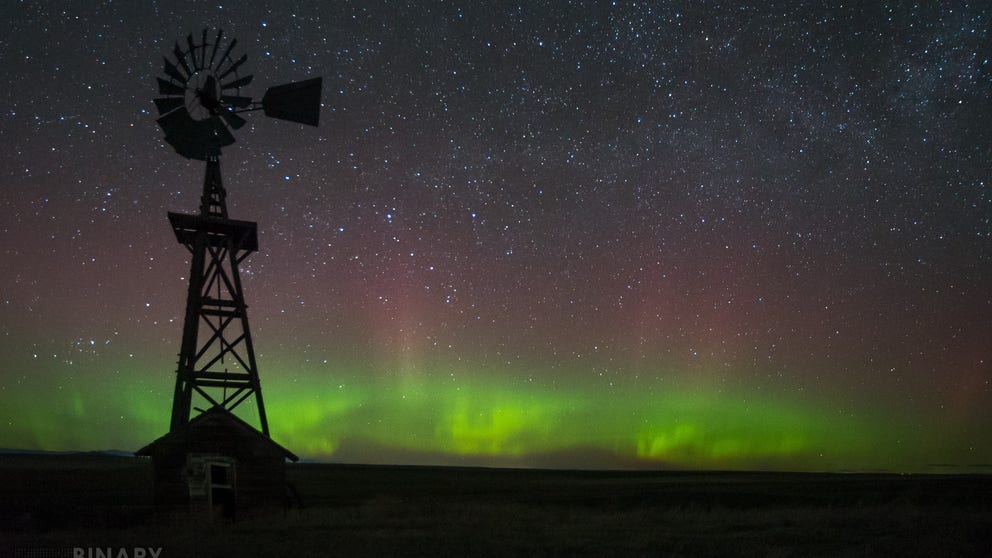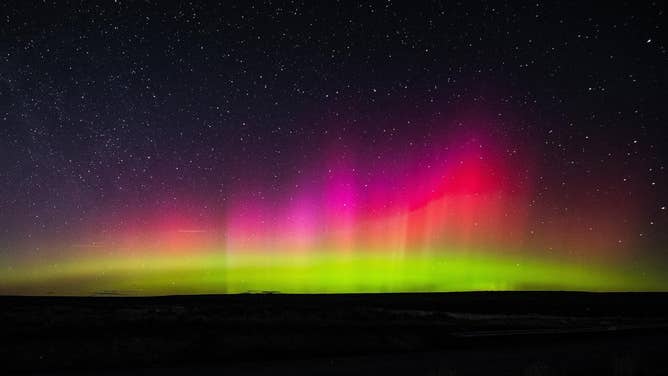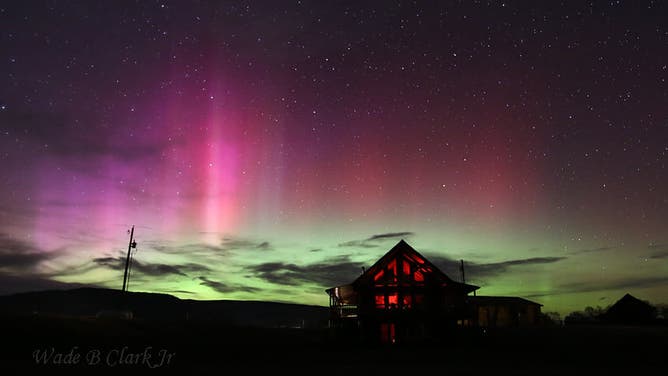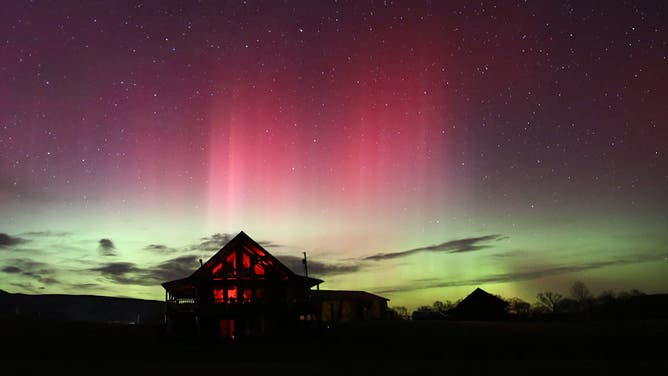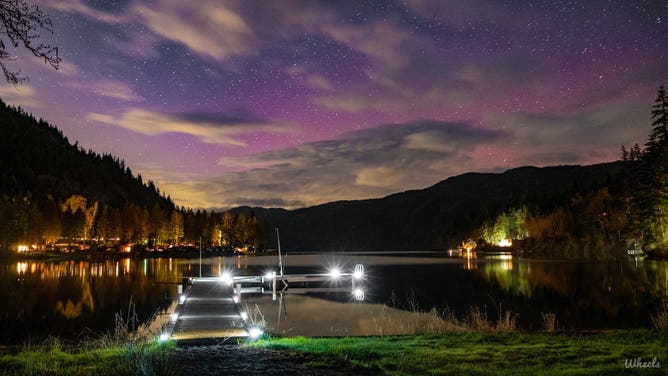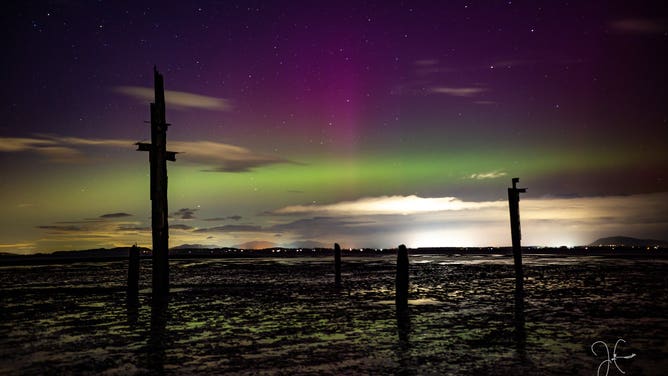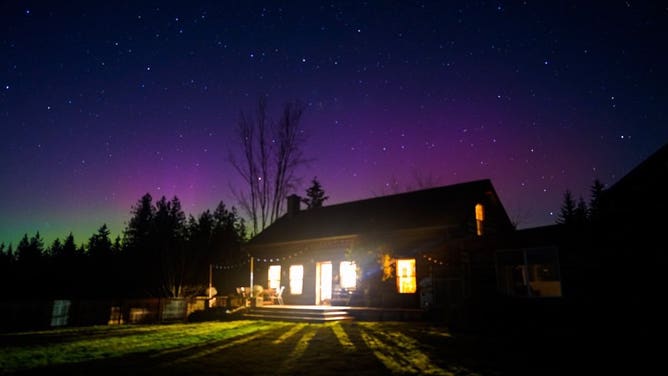Solar flare impact lights up the skies with dazzling Northern Lights display
Reports of skies lit in green and purple hues were common across northern regions of Washington, Montana and into the Dakotas.
Northern Lights dazzle after dual solar flares
A pair of solar flares triggered a dazzling display of the Northern Lights across the northern U.S. on Wednesday.
WATERVILLE, Wash. -- A pair of solar flares that combined to strike Earth Wednesday afternoon didn't disappoint when it came to putting on a show of Northern Lights later that night.
Reports of skies lit in green and purple hues were common across northern regions of Washington, Montana and into the Dakotas.
7 FUN FACTS ABOUT THE NORTHERN LIGHTS
Along the Washington coast, it was a double show – as photographer Matt Nichols captured both the aurora and bioluminescence.
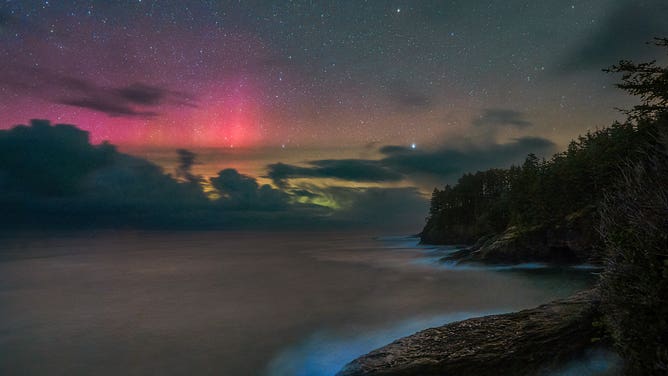
Aurora shines off Washington's Cape Flattery s as the shore glows blue with bioluminescence.
(Matt Nichols Photography)
The first solar flare left the sun late Monday morning, and a second flare erupted about 8 hours later. The second flare overtook the first flare and their combined power made for a level 3 geomagnetic storm on their 5-level scale.
THE 5 CATEGORIES THAT MEASURE GEOMAGNETIC STORMS
Forecasters say these level 3 conditions may be observed on average about 130 days per 11-year solar cycle.
Earth's magnetic field shields us from any human health impacts, but solar storms may cause a few issues with satellite and radio signals.
More aurora displays are possible this weekend
If you missed Wednesday's shows, there may be renewed aurora displays over the next several days, as the sun continues to crackle with activity.
The sunspot that triggered the first two solar flares have sent out two even stronger flares on Wednesday and Thursday. Those flares triggered radio blackouts on both dates around the United States but their effects on the magnetic field and potential aurora displays likely won't be felt until the weekend.
WHAT IS THE 11-YEAR SOLAR CYCLE
Solar activity has been increasing over the last several months as the sun emerges from the lull in its 11-year-solar cycle and begins its trek toward the peak of the current cycle, expected in 2024.
